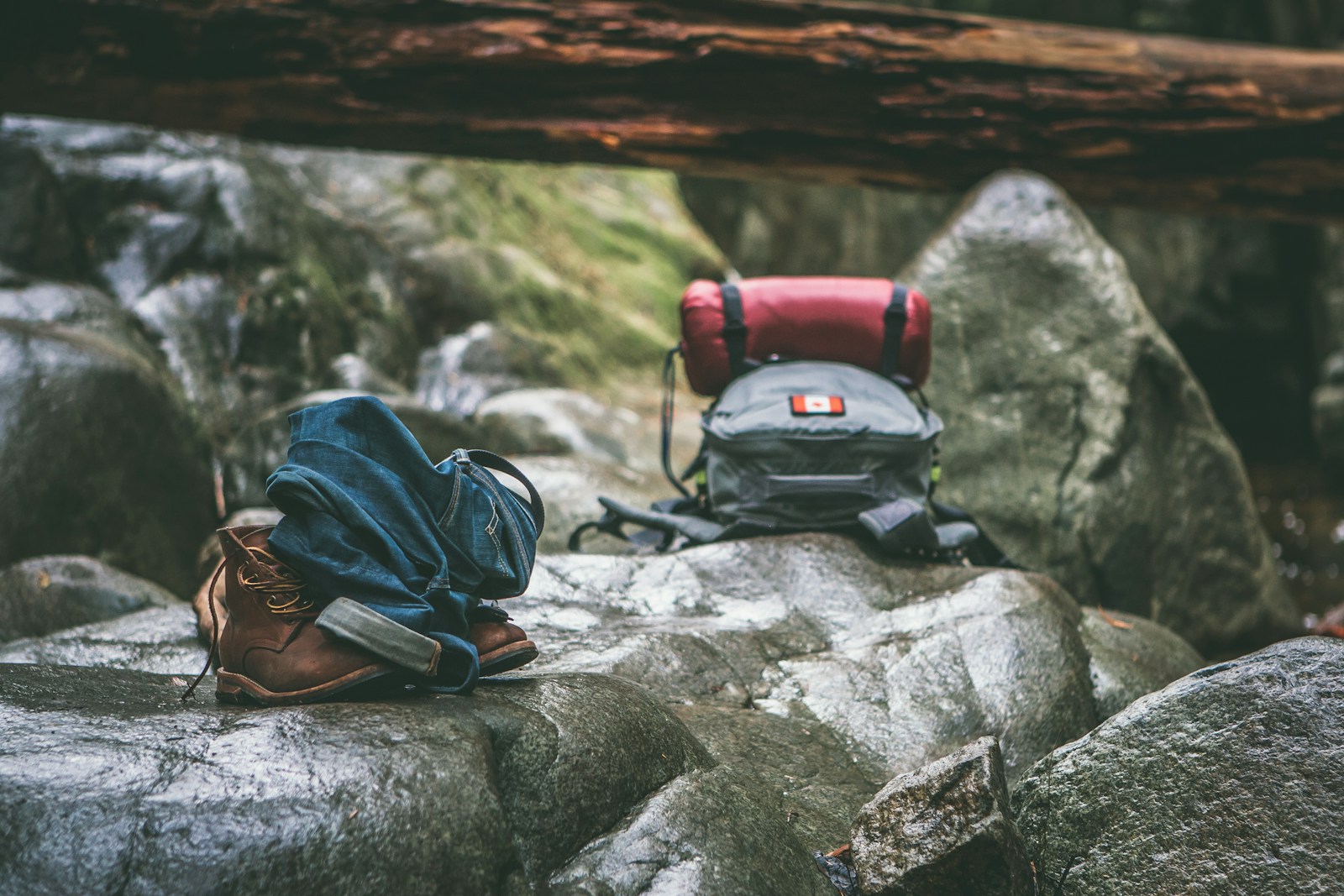Backpacking through the wilderness offers unparalleled adventure and connection with nature, but it also means sharing space with wildlife eager to sample your food supply. From persistent raccoons to clever bears, wild animals present a genuine challenge to keeping your provisions secure. Beyond the inconvenience of losing meals, improper food storage creates dangerous wildlife habituation, potentially putting future hikers at risk.
This comprehensive guide explores proven techniques to protect your food cache from hungry critters while maintaining the delicate balance of wilderness ecosystems during your backpacking adventures.
Understanding Why Wildlife Wants Your Food
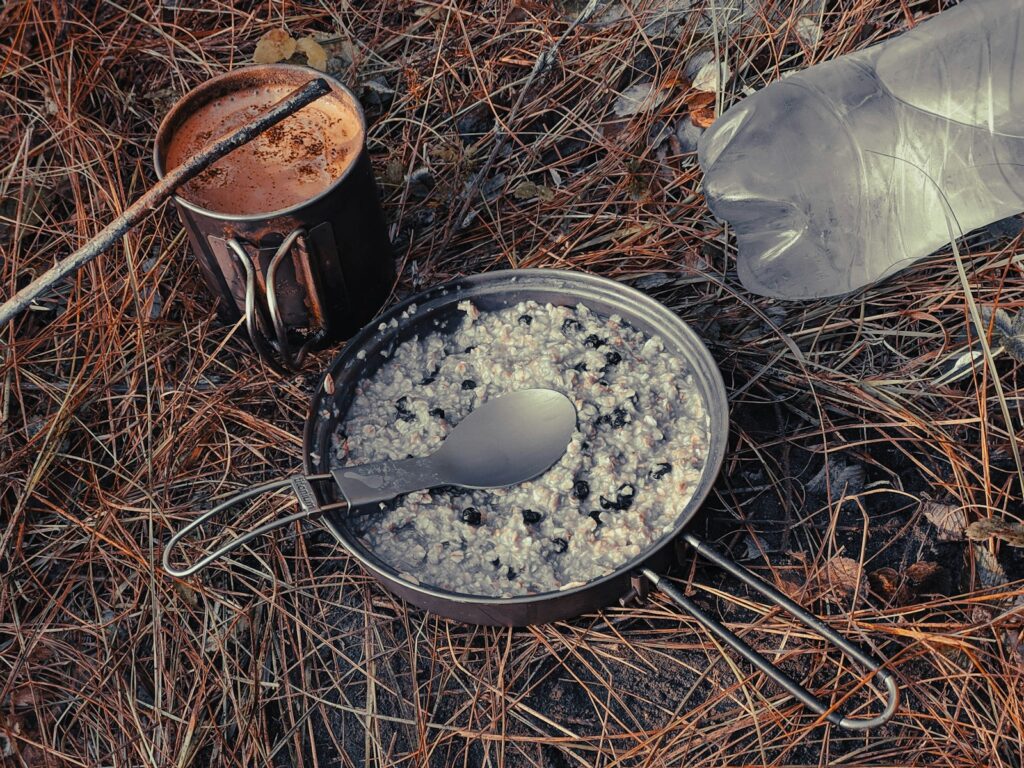
Wild animals possess incredibly sensitive noses that can detect food scents from remarkable distances, making your trail meals an irresistible target. Most woodland creatures operate on a fundamental energy conservation principle—why hunt or forage when easily accessible calories are available in a camper’s backpack? Human food typically delivers a concentrated calorie punch that far exceeds what animals find naturally, creating a powerful incentive for wildlife to investigate your campsite.
This attraction goes beyond mere hunger; once an animal successfully raids human food, it often develops a problematic association between people and easy meals, potentially leading to increasingly bold behavior in future encounters.
The Dangers of Wildlife Habituation
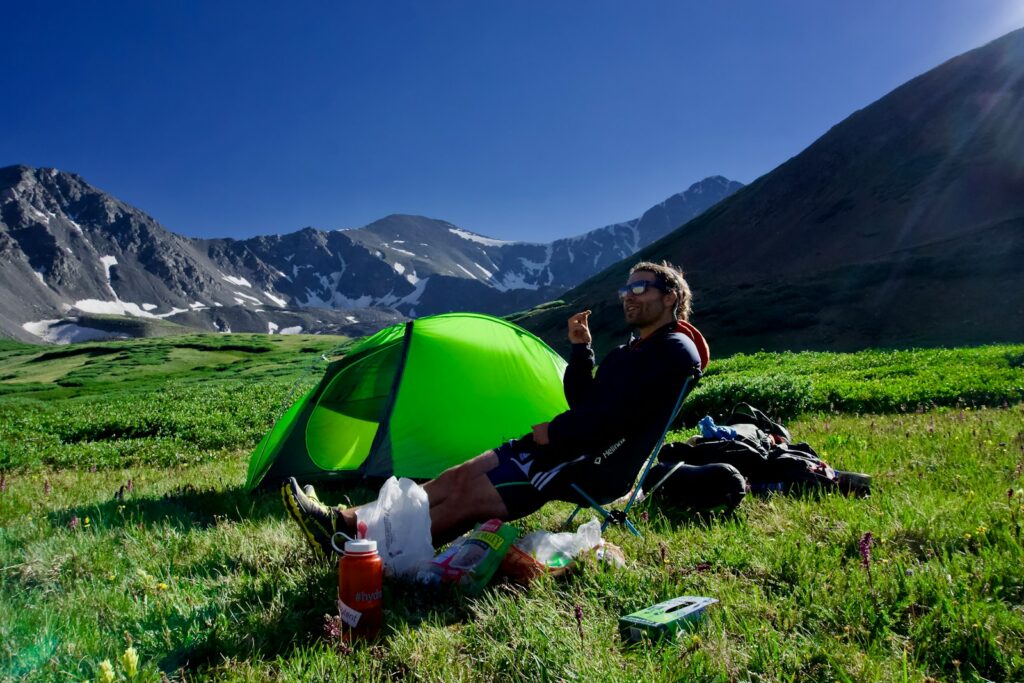
When animals become habituated to human food sources, the consequences extend far beyond your personal inconvenience. Wildlife that regularly consumes human food often develops nutritional deficiencies from consuming items unsuited to their digestive systems, potentially shortening their lifespan. The behavioral changes can be even more alarming—habituated animals lose their natural wariness around humans, leading to potentially dangerous confrontations with future backpackers.
Perhaps most tragically, animals consistently accessing human food in protected areas frequently end up euthanized by park officials as they become increasingly aggressive or destructive. By properly securing your provisions, you’re not merely protecting your meal plan; you’re actively contributing to wildlife conservation.
Essential Food Storage Principles
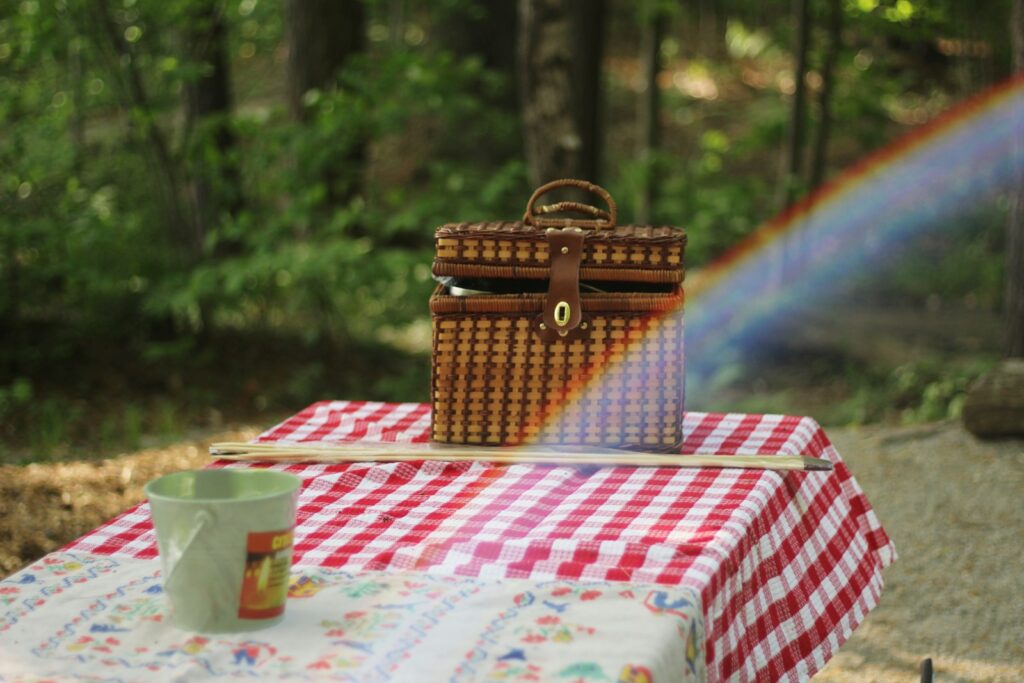
Successful food protection in the backcountry relies on several fundamental principles that apply regardless of your specific storage method. Always cook and consume food at least 200 feet (about 70 adult paces) away from your sleeping area to prevent attracting wildlife to where you’ll be most vulnerable. Meticulously clean all cooking equipment immediately after use, properly disposing of wastewater according to local regulations.
Store absolutely all scented items—including toiletries, trash, and even clothing worn while cooking—using your chosen protection method, as animals don’t distinguish between food and other aromatic items. Finally, educate yourself about region-specific regulations before your trip, as many wilderness areas have mandatory storage requirements based on local wildlife behavior patterns.
Bear Canisters: The Gold Standard
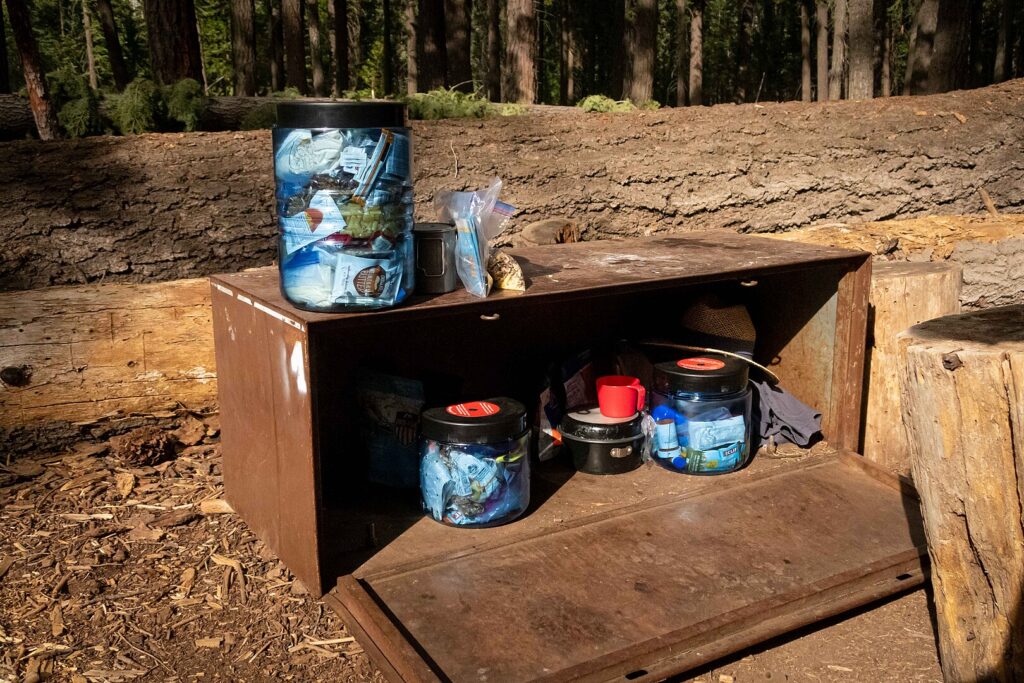
Bear canisters represent the most reliable food storage solution for backpackers, particularly in areas with significant bear populations. These hard-sided, cylindrical containers feature specialized lids that require dexterity and opposing thumbs to open—abilities bears lack despite their remarkable intelligence and strength. While the weight penalty (typically 2-3 pounds) represents a legitimate consideration for ultralight hikers, modern designs continue improving the weight-to-volume ratio.
When using a bear canister, place it at least 100 feet from your campsite on level ground where it can’t be rolled into water or down slopes. Despite their name, bear canisters effectively thwart nearly all wildlife, from mice to raccoons, making them a versatile solution for comprehensive food protection.
Bear Bags and Proper Hanging Techniques
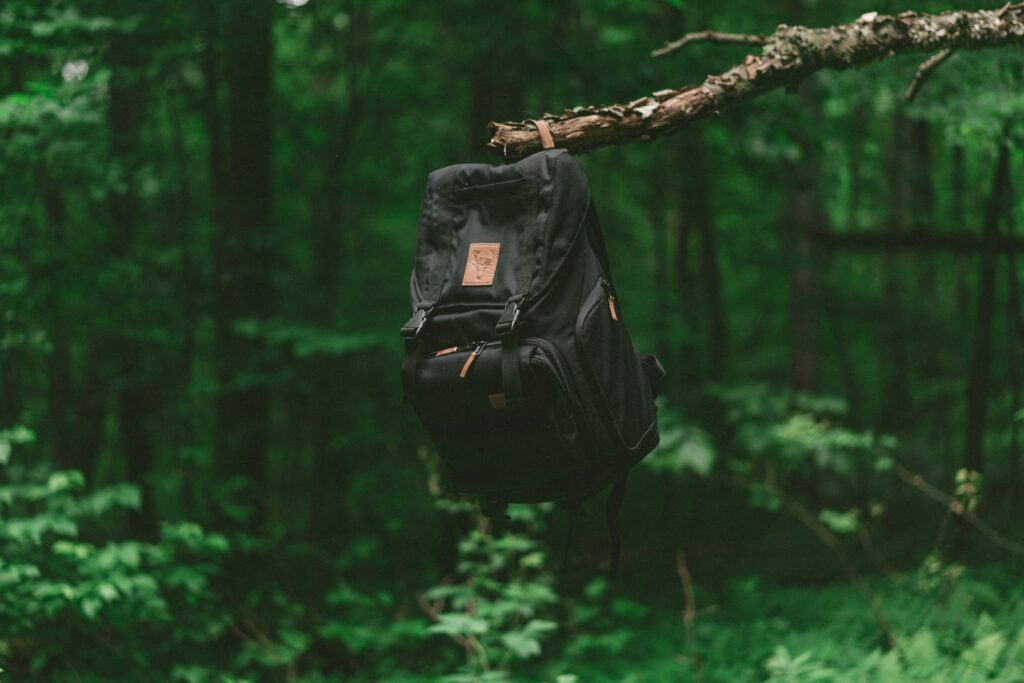
The traditional bear bag method involves suspending food in specialized sacks from tree branches, creating a physical barrier between wildlife and your provisions. Effective hanging requires finding a suitable tree with a horizontal branch 15-20 feet high and at least 4 feet from the trunk or other branches. The bag should hang at least 10 feet above ground and 4 feet from any vertical surface to prevent bears from reaching it while standing or climbing.
The PCT (Pacific Crest Trail) method represents the most secure hanging technique, utilizing a system where the rope doesn’t directly contact the bag, making it nearly impossible for wildlife to chew through the suspension line. While lighter than canisters, this approach requires suitable trees and practiced skill—factors not always available in alpine, desert, or heavily-used camping areas.
Ursacks and Other Specialized Containers
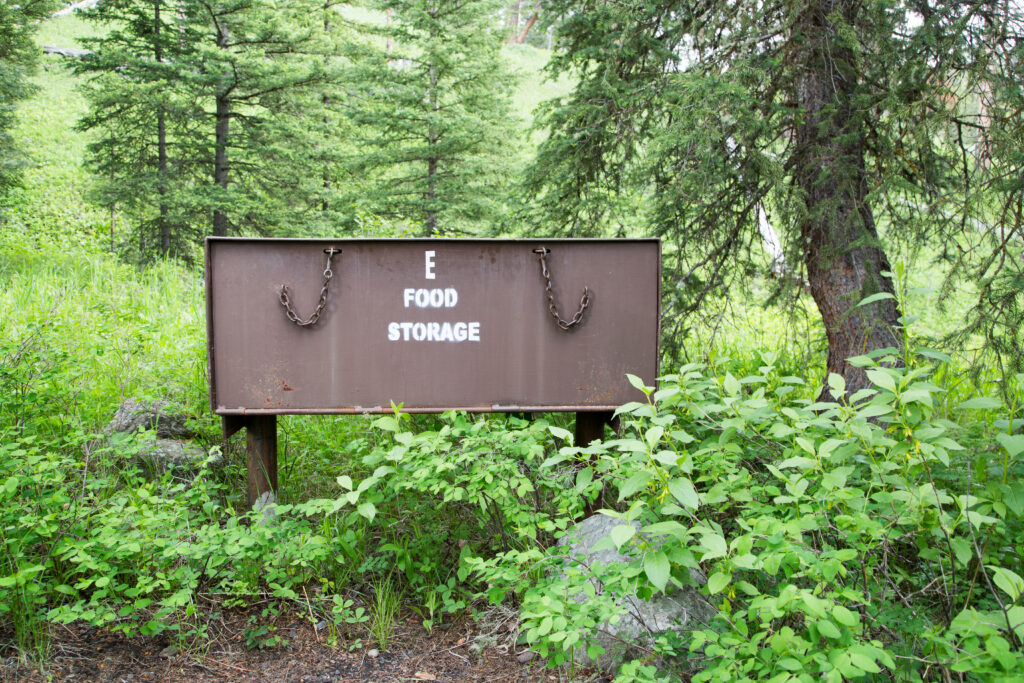
Ursacks offer a compelling middle-ground between traditional bear bags and rigid canisters, featuring super-strong Kevlar or similar materials that resist tearing and puncturing even under intense animal activity. Unlike bear canisters, these flexible bags weigh significantly less (typically under a pound) while still providing substantial protection against most wildlife.
When using an Ursack, secure it tightly to a sturdy tree trunk using the manufacturer’s recommended knots, positioning it away from branches that animals might use for leverage. While approved for use in many wilderness areas, certain high-bear-density parks still prohibit them, requiring traditional canisters instead. For smaller critters like mice and squirrels, specialized odor-proof bags like OPSaks can provide adequate protection when used inside another protective system.
Electric Fences for Base Camping
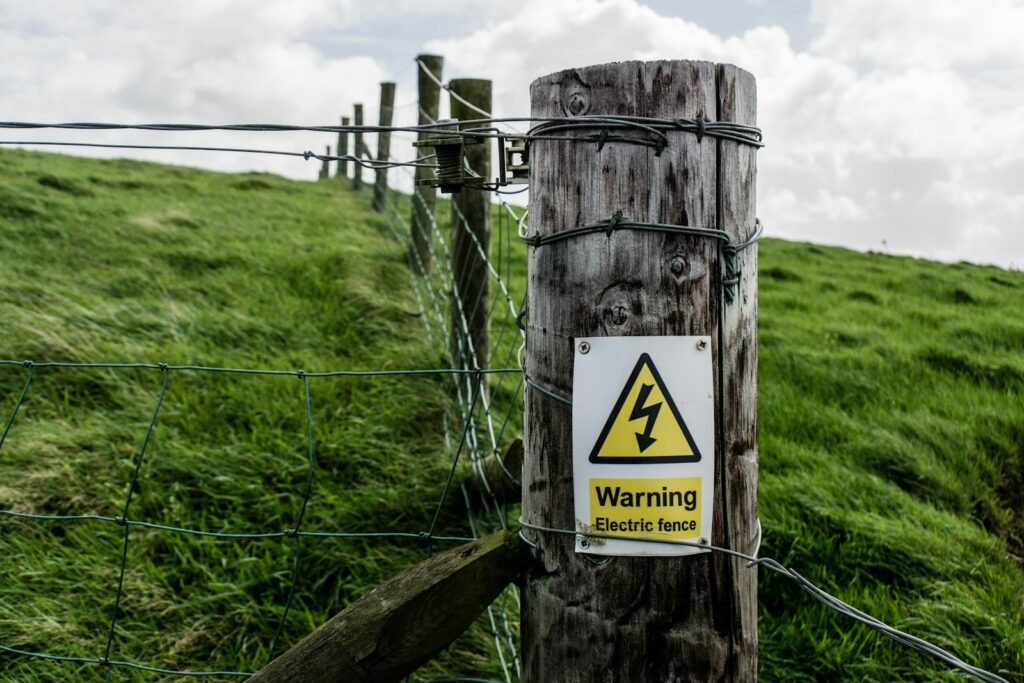
Portable electric fence systems provide exceptional food protection for extended stays at a single backcountry location, particularly for group trips with substantial food supplies. These lightweight systems typically weigh 1-2 pounds and create a psychological barrier that effectively deters even persistent bears through mild electrical shocks that cause no permanent harm. Setting up requires creating a perimeter around your food cache with specialized stakes, connecting the conductive line, and activating the battery-powered pulse generator.
While excessive for short overnight trips, these systems excel during extended basecamp situations where the setup time becomes negligible compared to the overall stay. The effectiveness depends on proper installation, with adequate clearing of vegetation and appropriate tensioning of the conductive wires around the protected area.
Food Selection and Packaging Considerations
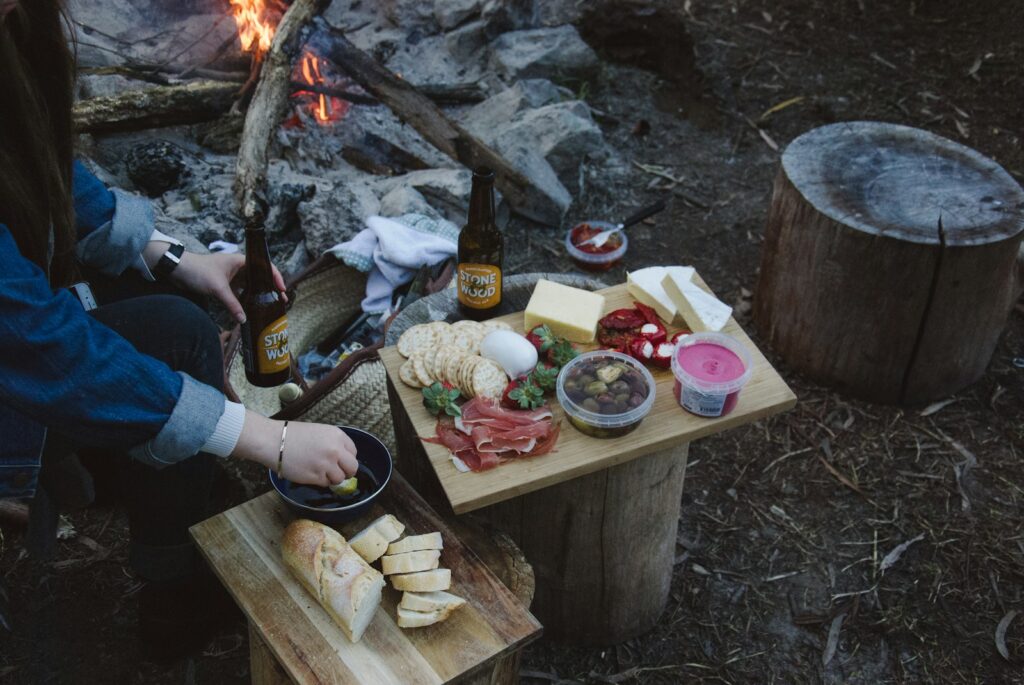
Strategic food choices significantly impact your vulnerability to wildlife intrusions before you even reach the trailhead. Dehydrated meals packaged in odor-resistant materials release far less scent than fresh or heavily spiced foods, naturally reducing your attractiveness to wildlife with sensitive noses. Repackaging commercial foods into odor-barrier bags eliminates bulky, scent-leaking original packaging while simultaneously reducing pack weight.
Vacuum-sealing meal portions further minimizes odor transmission, especially for particularly aromatic foods like tuna, jerky, or strongly flavored snacks. Creating logical meal groupings during packing—breakfast items together, dinner components together—minimizes how frequently you need to access your food storage system, reducing opportunities for scent dispersal around your campsite.
Campsite Selection Strategies
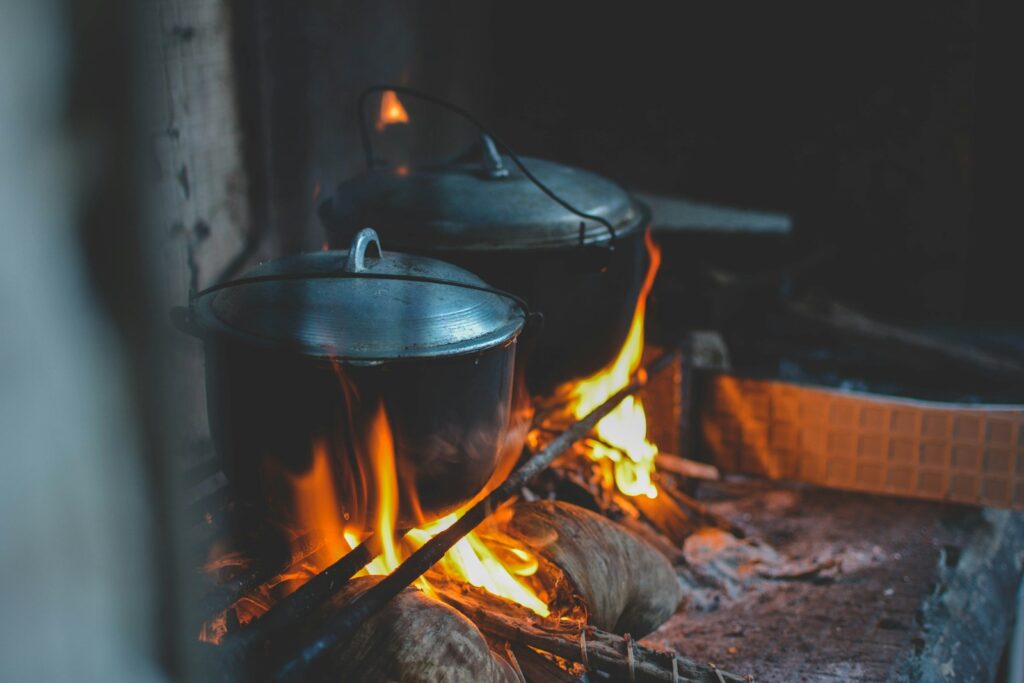
Thoughtful campsite selection forms a crucial first line of defense against wildlife encounters before you even unpack your food. Avoid establishing camp near obvious animal travel corridors like game trails, water sources, or berry patches where wildlife naturally congregates. Previous campers’ poor food management often creates wildlife “hotspots,” so be wary of heavily impacted campsites showing signs of animal activity like scattered trash, disturbed soil, or claw marks on trees.
In bear country, scan the area for signs like scat, tracks, or stripped bark before settling in for the night. Camping in officially designated sites offers an additional advantage, as these locations typically observe regulations designed to minimize human-wildlife conflicts through appropriate layout and maintenance practices.
Dealing with Micro-Predators: Mice, Squirrels and Insects

While bears and raccoons attract the most attention in backcountry food protection discussions, smaller creatures often present the most persistent challenges to backpackers. Rodents like mice and chipmunks possess remarkably sharp teeth capable of chewing through most fabrics and many plastics, potentially destroying expensive gear while accessing your provisions. Insects, particularly ants, can find their way through microscopic openings to contaminate food supplies, especially sweet items or cooking oils.
For these micro-predators, layering your defense proves most effective—store food in odor-proof inner bags, then place those inside hard-sided containers or suspended systems. Hanging food from smooth-barked trees with metal “squirrel baffles” can frustrate even the most determined small creatures, while keeping cooking areas meticulously clean prevents insect infestations.
Regional Considerations and Requirements
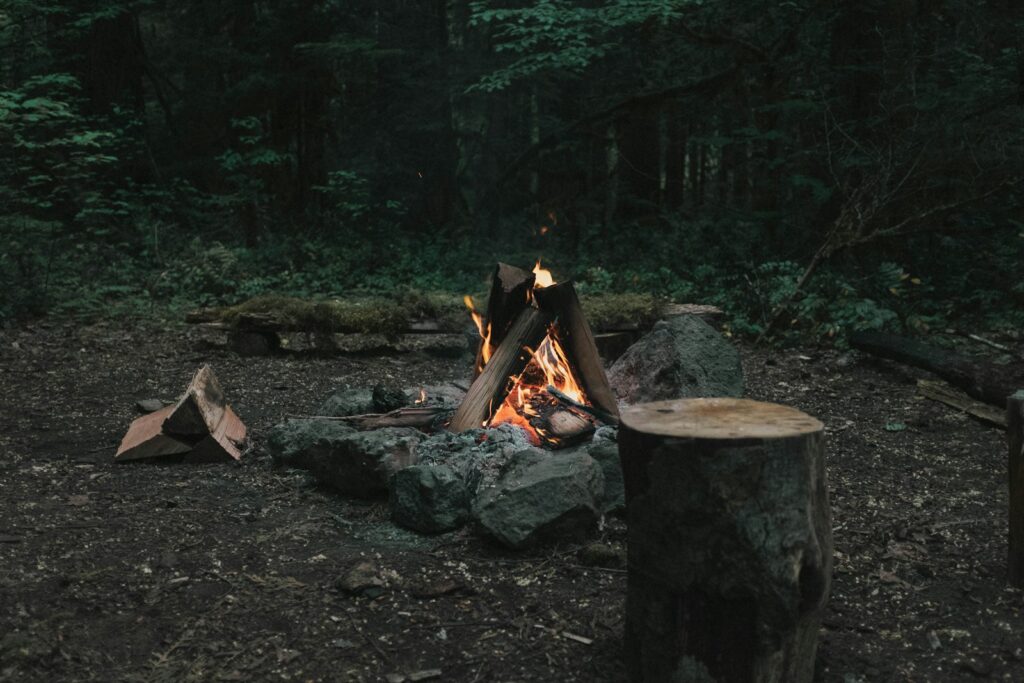
Food storage requirements vary dramatically across North American wilderness areas based on local wildlife behavior patterns and population densities. The Sierra Nevada mountain range, home to significant black bear populations, typically mandates hard-sided bear canisters in most backcountry zones, with substantial fines for non-compliance. Glacier National Park and the surrounding Northern Continental Divide ecosystem, with concentrated grizzly populations, maintains designated food hanging areas with permanent cables or poles at established campsites.
In contrast, many eastern forest regions allow greater flexibility in food storage methods where bear densities remain relatively lower. Research your specific destination thoroughly before departure, consulting ranger stations or management authority websites for the most current regulations relevant to your planned route.
Emergency Protocols for Wildlife Encounters
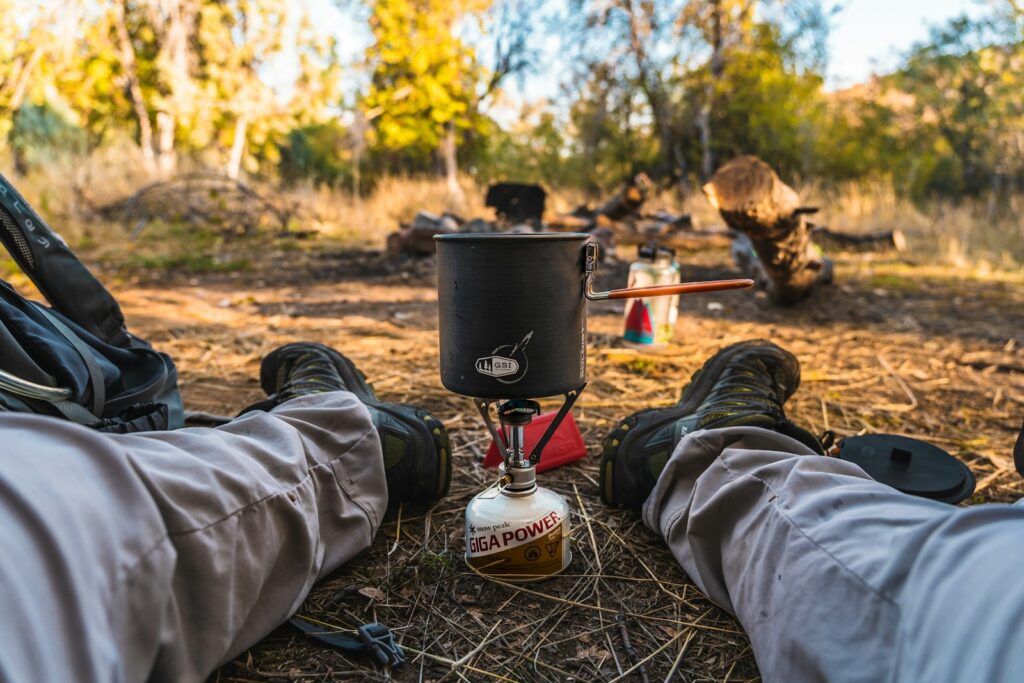
Despite your best prevention efforts, wildlife encounters occasionally occur, requiring calm, strategic responses. If you discover an animal investigating your food storage, never approach or attempt to scare it away using physical confrontation; instead, make noise from a safe distance using shouts or pot-banging to encourage its departure. Should a bear successfully access your provisions, do not attempt to reclaim the food, as this represents an exceptionally dangerous situation with potential for aggressive defensive behavior.
In the aftermath of any raid, meticulously document the encounter, noting the animal’s behavior, the effectiveness of your storage method, and any equipment failures to report to land managers. Many wilderness areas maintain incident reporting systems to track problem animals and adjust management strategies accordingly.
Teaching Leave No Trace Food Ethics
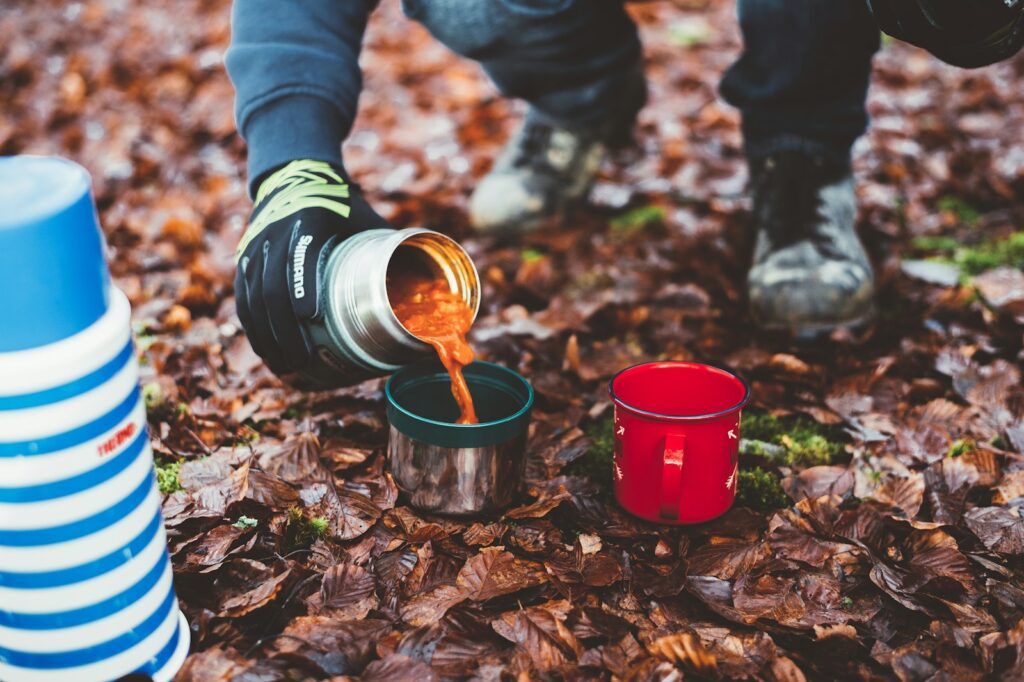
Protecting wildlife from human food habituation extends beyond personal responsibility to encompass ethical wilderness citizenship. When encountering other backcountry users practicing improper food storage, approach the situation as an educational opportunity rather than confrontation, sharing information about why proper techniques matter for wildlife health. Model exemplary behavior by thoroughly cleaning cooking areas, properly disposing of food packaging, and demonstrating appropriate storage methods within view of nearby campers.
Report persistent violations to land management authorities, particularly in sensitive ecosystems where wildlife habituation creates significant conservation concerns. Remember that each backpacker’s actions collectively determine whether wilderness remains a place where wildlife maintains natural behavior patterns or develops problematic associations with human presence.
Preparing for Your Next Adventure
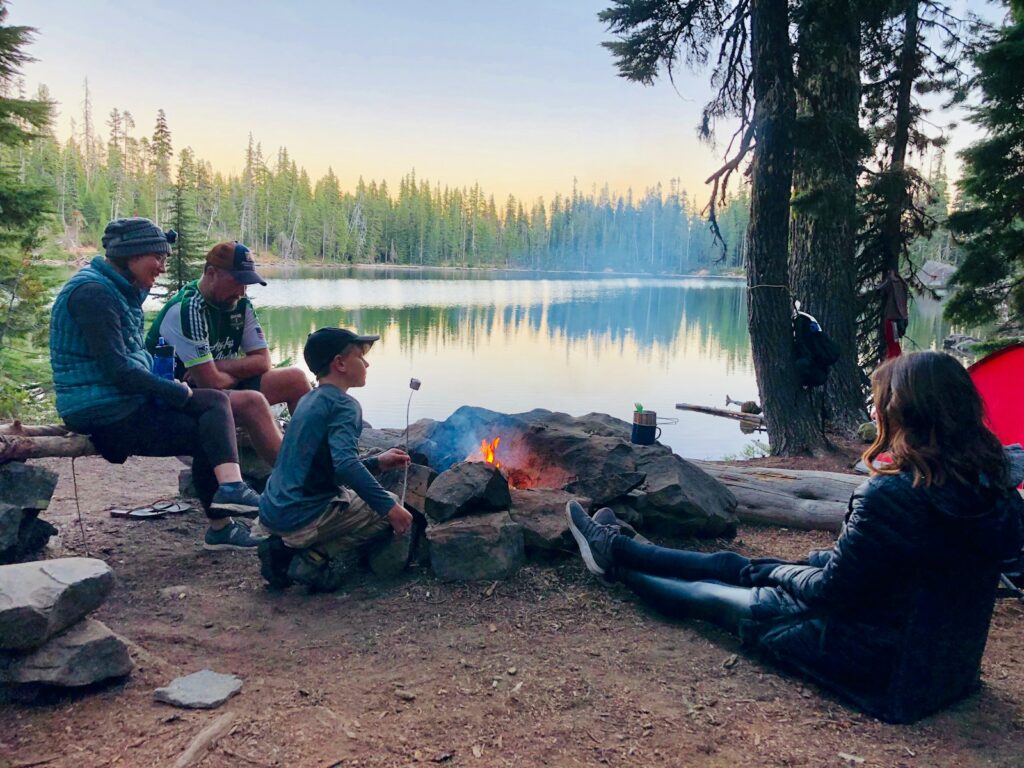
Effective backcountry food protection becomes second nature with practice, eventually integrating seamlessly into your wilderness routine. Begin preparing for your next trip by thoroughly cleaning all food storage equipment, checking for damage that might compromise its effectiveness against determined wildlife. Research your destination’s specific regulations, wildlife patterns, and recommended protection methods well before departure.
Practice any technical skills like proper bear bag hanging at home before relying on them in the backcountry, where suitable trees and adequate cordage might prove challenging to find. Remember that equipment requirements evolve as wildlife behavior changes in response to human activity, making it essential to stay current with best practices rather than relying solely on past experience from different regions or time periods.
Conclusion: Smart Food Storage for Wildlife-Friendly Adventures

Protecting your food from wildlife during backpacking adventures represents a critical responsibility that extends far beyond personal convenience. By implementing appropriate storage techniques, you simultaneously preserve your provisions, protect expensive gear, and contribute meaningfully to wildlife conservation. The methods described here—from bear canisters to strategic food selection—offer proven solutions to one of backpacking’s most persistent challenges.
As you venture into the wilderness, remember that proper food management ultimately preserves the wild character of the places we love, ensuring that future generations of both humans and animals can thrive in these remarkable environments.

